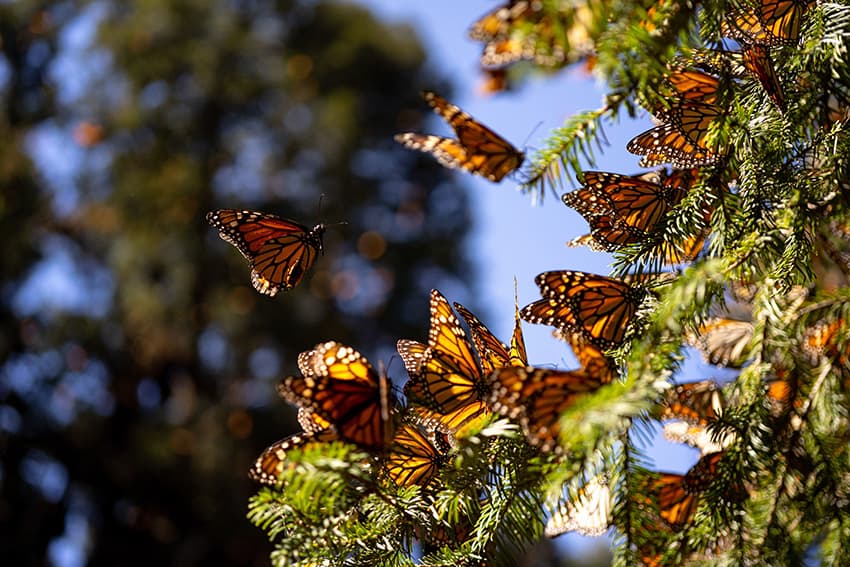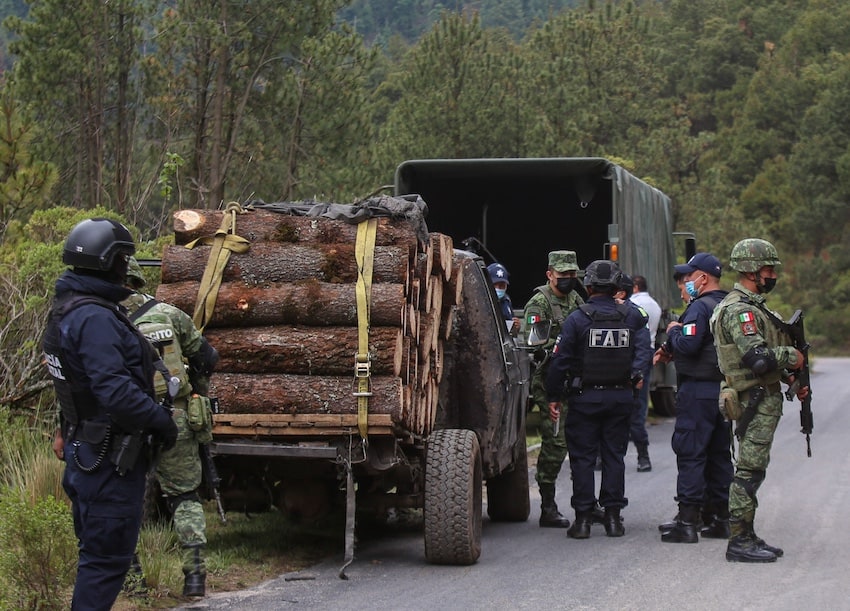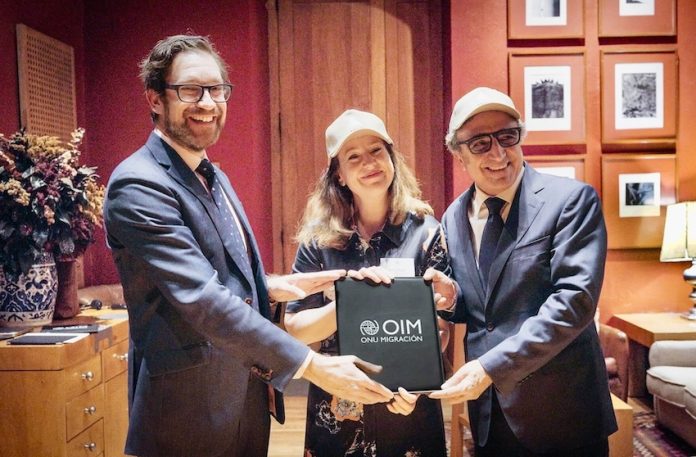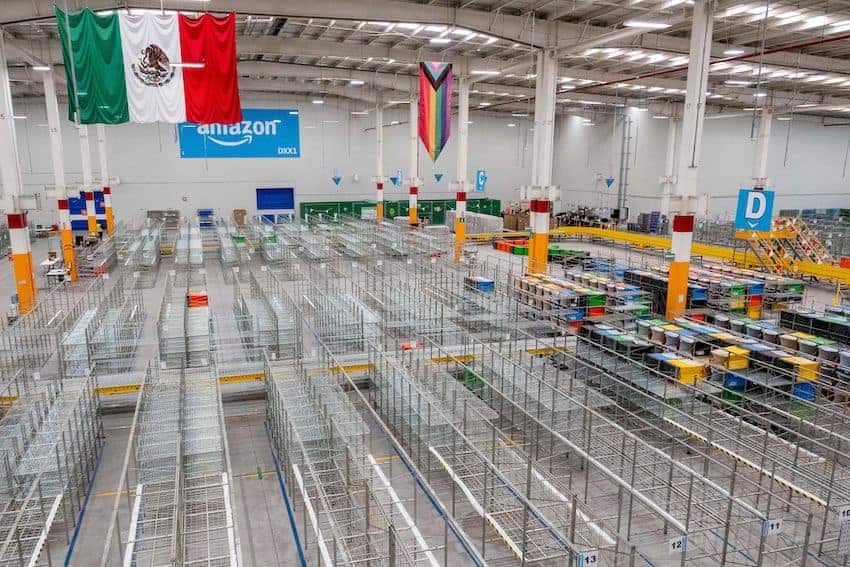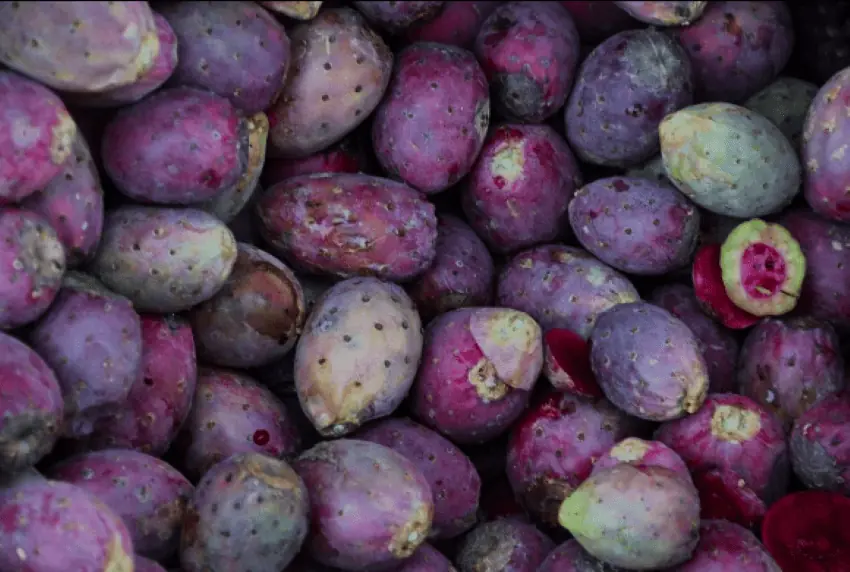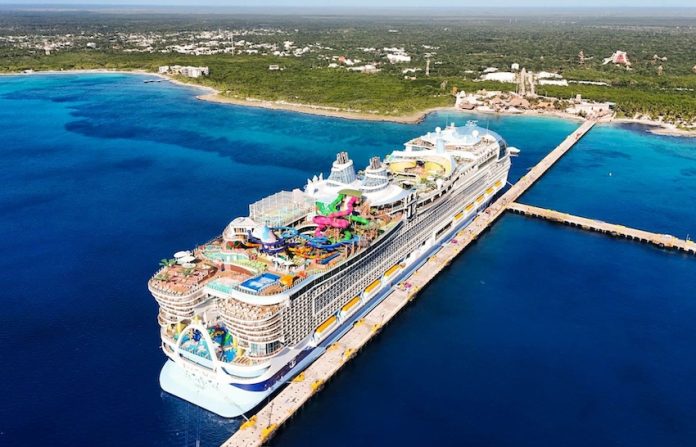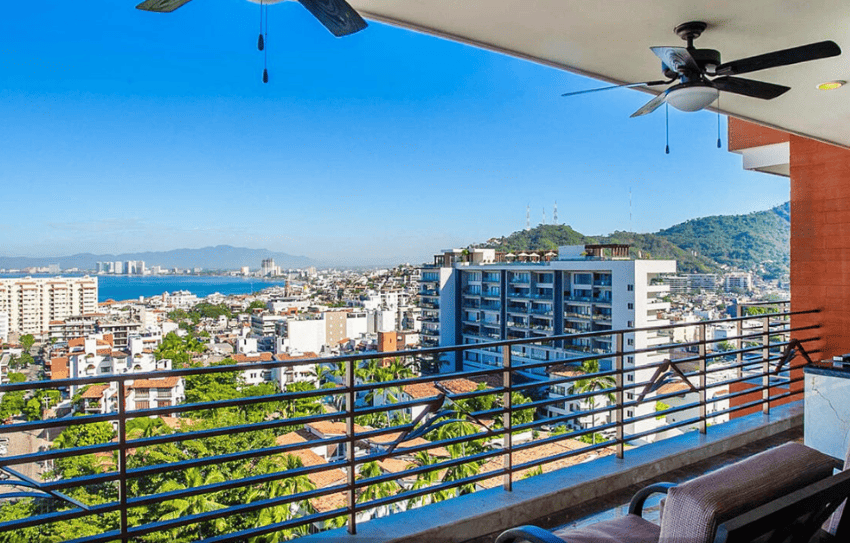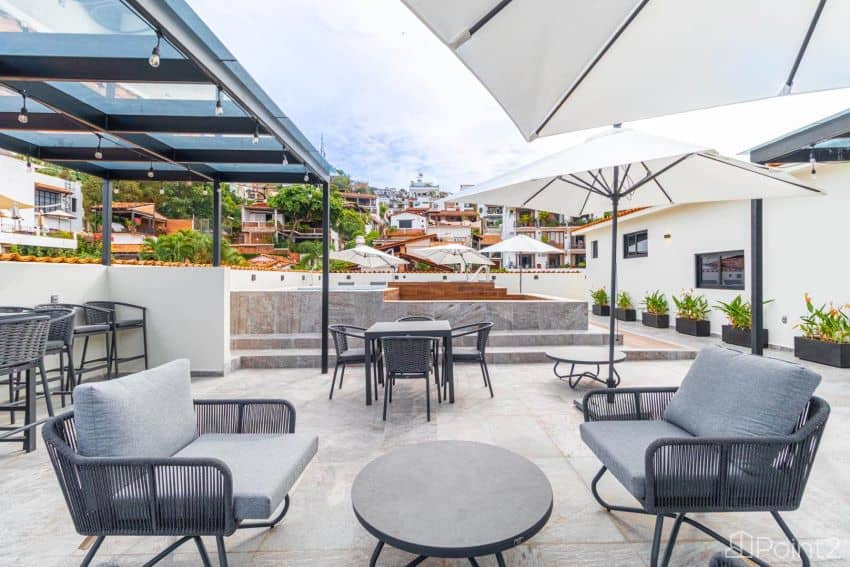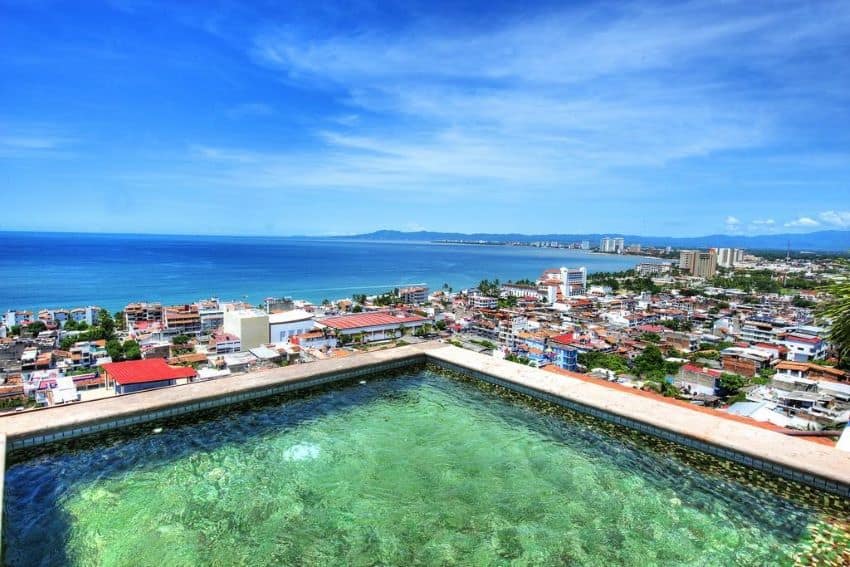As Australia’s Ambassador to Mexico Rachel Moseley noted in an interview we published earlier this week, Australian investment in Mexico is “growing rapidly” and companies such as Macquarie Group, Aleatica and Woodside Energy Group are leading the way.
Macquarie, a Sydney-based financial services and asset management company, and infrastructure firm Aleatica have been in Mexico for some time, while Woodside is a newcomer, having acquired a stake in a large Gulf of Mexico oil field as the result of its 2022 merger with the petroleum division of the Melbourne-based company BHP Group.
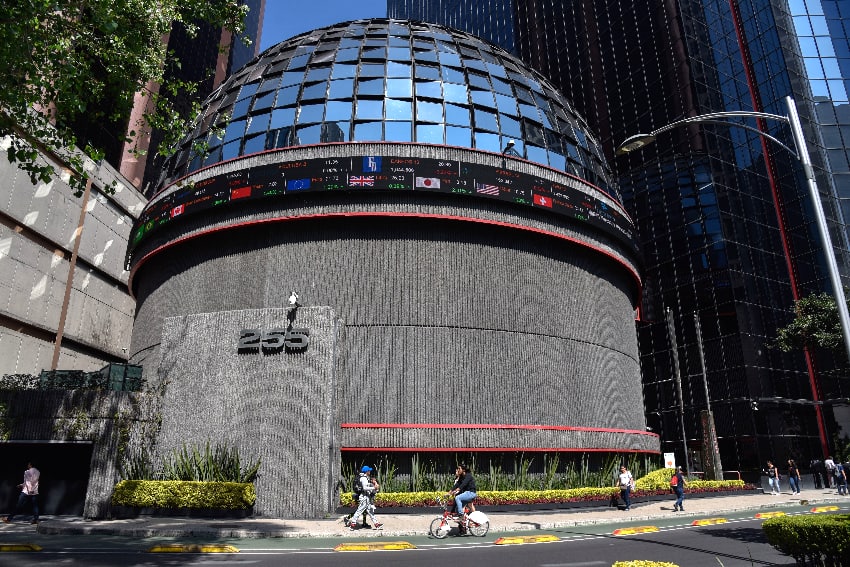
In this article, part of the “Australia in Focus” series at Mexico News Daily this week, we’ll take a look at the three companies’ activities in Mexico.
The assets they own, and the projects they are undertaking, have the potential to have a significant impact on Mexico’s quest to take full advantage of the nearshoring opportunity, improve transport infrastructure and reach and maintain self-sufficiency for gasoline.
Macquarie in the thick of Mexico’s nascent nearshoring boom
FIBRA Macquarie — a real estate investment trust that is listed on the Mexican Stock Exchange (BMV) — owns 256 industrial and commerical properties in 20 Mexican cities, according to the trust’s website.
The combined value of its real estate portfolio — one of the largest in Mexico — is US $3 billion.
Part of the Macquarie Asset Management division of Macquarie Group, FIBRA Macquarie listed on the BMV in 2012 and has continued to grow since then.
Twelve years later, it is playing a significant role in the nascent nearshoring boom in Mexico, as it is a major leaser of industrial space and has developed several industrial parks, including one that is set to open in Tijuana later this year.
In addition to manufacturing space — which is in high demand in Mexico as more and more foreign firms relocate here — companies are actively seeking warehouse and logistics facilities for “safety stocking” in Mexico to avoid supply shocks, according to FIBRA Macquarie CEO Simon Hanna.

With 35.6 million square feet of gross leasable area, FIBRAMQ, as the trust is known, is better placed than most to offer such space to those looking for it.
“Many learned the hard way during the COVID-19 pandemic that lean, just-in-time manufacturing left them exposed,” Hanna said, referring to North American companies that source inputs from outside the continent, especially Asia.
One of FIBRAMQ’s newest projects is a $90 million industrial park in Tijuana, which, once completed, will have over 80,000 square meters of leasable space across three state-of-the-art buildings.
Construction began last August, and the first of the three buildings is expected to be completed in the first half of this year.
“This project marks a pivotal step in our commitment to fostering economic growth and development in the region and capitalizing on the accelerating nearshoring activity into Mexico,” Hanna said.
“We remain committed to delivering market-leading industrial spaces that fulfill the evolving needs of businesses and incorporate superior sustainable building standards. We currently have a portfolio of 38 properties in the state of Baja California, hosting 57 companies and contributing thousands of jobs to the state’s economy,” he added.
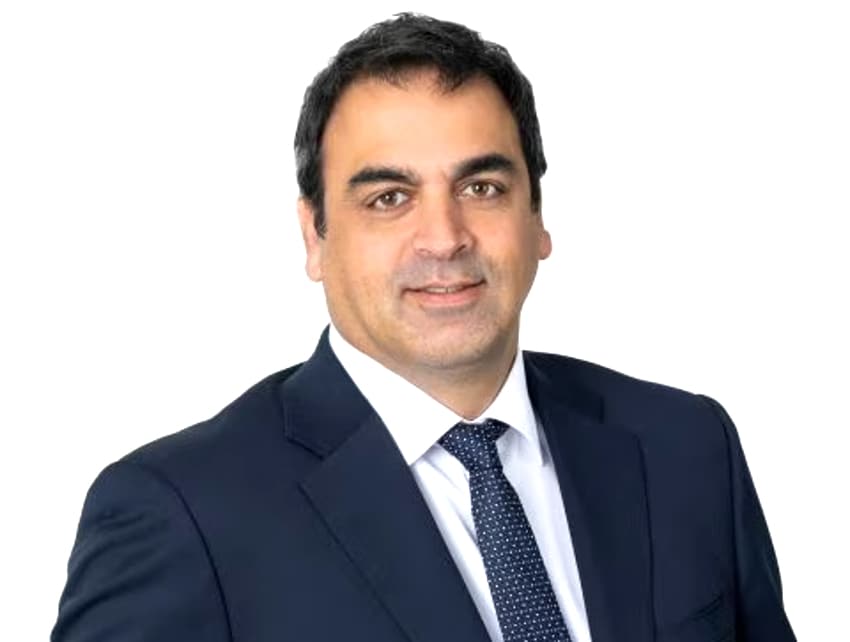
In 2023, FIBRAMQ also developed projects in several other northern states, and in San Luis Potosí, Querétaro and Mexico City.
“We’ve continued deploying capital on sustainable industrial projects … to position our … [trust] for future growth and to capture nearshoring opportunities,” Hanna said last May.
He acknowledged later in the year that FIBRAMQ’s real estate portfolio was benefiting from “persistent demand and tailwinds due to nearshoring.”
FIBRAMQ, whose share price increased almost 17% last year, has headquarters in Mexico City and offices in nine other “core markets,” including Querétaro, Monterrey and Tijuana.
Aleatica invests heavily in highway infrastructure
If you’ve driven in central Mexico, there is a good chance you’ve driven on a highway managed by Aleatica, an infrastructure company owned by the Melbourne-based IFM Global Infrastructure Fund.
The company operates six highways in Mexico including the Circuito Exterior Mexiquense in México state, the Viaducto Bicentenario in Mexico City and the Amozoc-Perote highway in the states of Puebla and Veracruz.
It is building another México state highway, the Autopista Atizapán-Atlacomulco, and also operates the Toluca International Airport.
According to a video on the Aleatica website, the company has invested more than 73 billion pesos (US $4.3 billion) in Mexico.
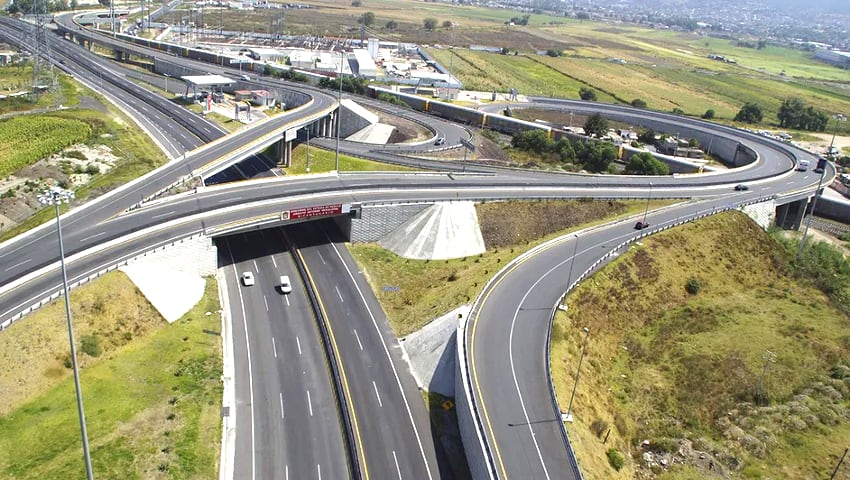
“This shows our solid commitment to propel the country into the future,” says Aleatica, which was ranked by the Obras por Expansión website as the 11th most important construction company in Mexico.
Aleatica’s presence in Mexico was bolstered in 2018 with IFM’s purchase of Spanish company OHL. The acquisition gave Aleatica additional highway concessions in Mexico, including that for the Circuito Exterior Mexiquense, a 118-kilometer-long highway that runs through 19 México state municipalities and links to a distributor road that runs to the Felipe Ángeles International Airport (AIFA).
As OHL allegedly benefited from a cozy relationship with the Institutional Revolutionary Party (PRI), there was some speculation in 2023 that its México state concessions now held by Aleatica could be reviewed if not revoked given that the PRI’s long-held rule in the state ended last September. However, the state government led by Morena party Governor Delfina Gómez hasn’t made any announcements to that effect.
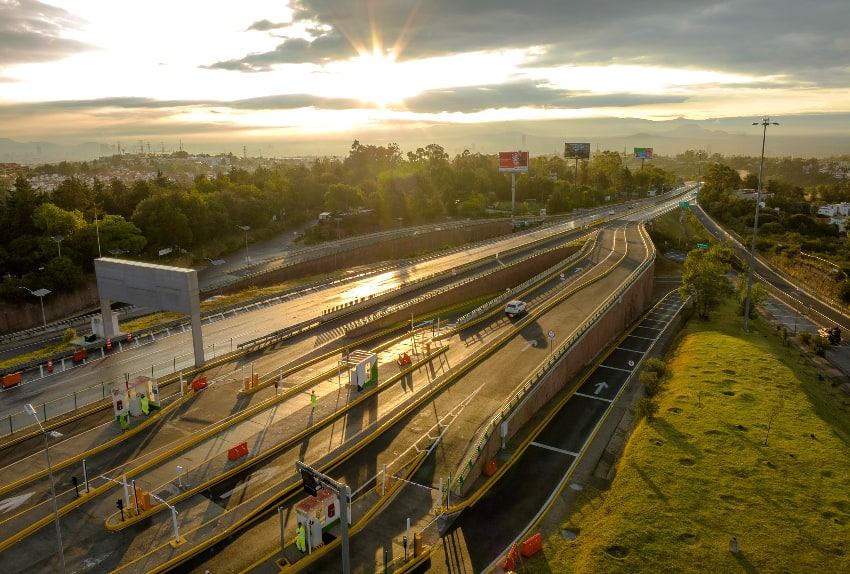
While Aleatica has established itself as one of the most important infrastructure operators in Mexico, its presence in the country has not been without problems. The legality of its operation of the Viaducto Bicentenario is currently being questioned by federal authorities, and the construction of the Atizapán-Atlacomulco highway has faced delays.
The Milenio newspaper reported last month that the highway has been “practically forgotten.”
Aleatica was also in the news in early 2022 when a contract worker died in an accident while working on a section of the Circuito Exterior Mexiquense near AIFA.
The company says that “safety first” is one of its “five corporate pillars” and noted in its 2022 Annual Sustainability Report for Mexico that both employee accidents and deaths of motorists using its roads declined compared to the previous year. Aleatica is investing heavily in both maintenance of its Mexican highways and specific measures to improve safety and reduce accidents on them.
The company also touts its environmental credentials, and is aiming to become a “net zero” company by 2050, according to Aleatica México CEO Rubén López Barrera.
Woodside partners with Pemex to develop huge offshore oil field
Australia’s largest oil and gas producer announced last June that it had approved a multibillion-dollar investment in the Trion oil field, which it it jointly owns with Mexico’s state-owned oil company Pemex.
The Perth-based company, which has a 60% stake in Trion, said it would contribute US $4.8 billion to the project and that the total forecast outlay was $7.2 billion.
Mexico’s National Hydrocarbons Commission (CNH) approved the development plan for the field in August. That plan estimated a total cost of $10.43 billion including investment and operating expenses.

Located about 180 kilometers off the Gulf of Mexico coast and 30 kilometers south of the Mexico-United States maritime border, Trion is estimated to contain well over 400 million barrels of oil. Extraction is slated to commence in 2028 and continue until 2052.
While a global energy transition is underway, Woodside CEO Meg O’Neil said in June that the company has “considered a range of oil demand forecasts” and believes Trion can “help satisfy the world’s energy requirements.”
The current Mexican government also believes that demand for oil will remain strong in the coming decades. Under Andrés Manuel President López Obrador, it has purchased a refinery in Texas, built a new one on the Tabasco coast and invested billions of pesos to upgrade Pemex’s six other refineries.
“We wish that oil was no longer used, that fossil fuels were no longer used, that the environment was looked after more, but there are processes that have to be carried out in the energy transition,” the president said last year after a meeting with OPEC Secretary General Haitham al-Ghais.
Woodside said it is “aligned” with Mexico’s ambition to increase oil production and has predicted that over US $10 billion in cumulative taxes and royalties will flow into Mexican government coffers as a result of the development of Trion.
O’Neil said that the company was developing the field “because we believe it will deliver value for Woodside shareholders and benefit for Mexico, including generation of jobs, taxation revenue and social benefit.”
Woodside has been a frequent target of criticism from environmental activists, but the company said last year that its “greenhouse gas emissions reduction targets remain unchanged by the decision to approve investment in Trion.”
By Mexico News Daily chief staff writer Peter Davies ([email protected])
This article is the fourth in Mexico News Daily’s “Australia in Focus” series. Read about the history of relations between Australia and Mexico here, an interview with Australia’s ambassador to Mexico here and the story of two Australians forever linked to Mexico here.


